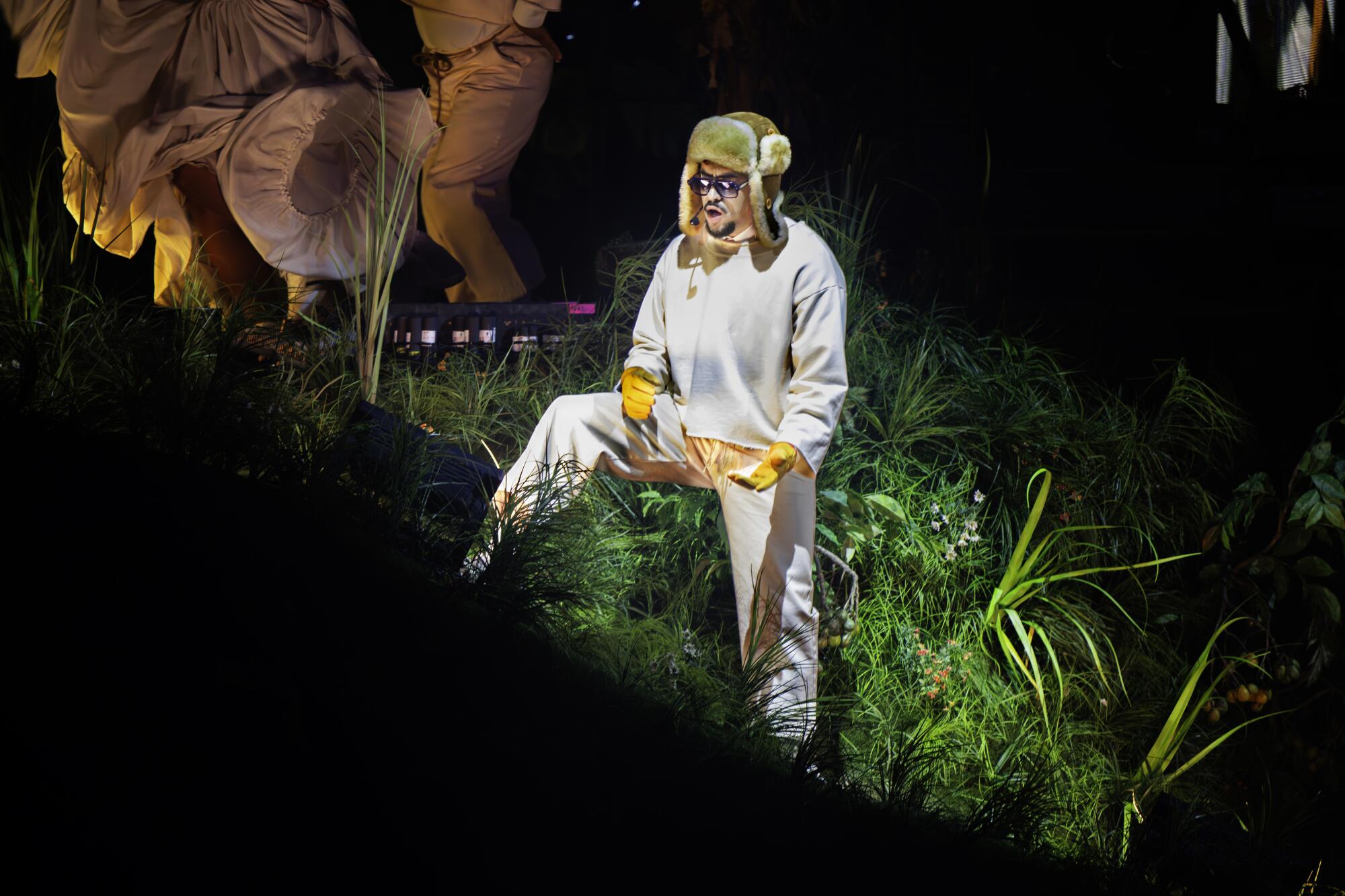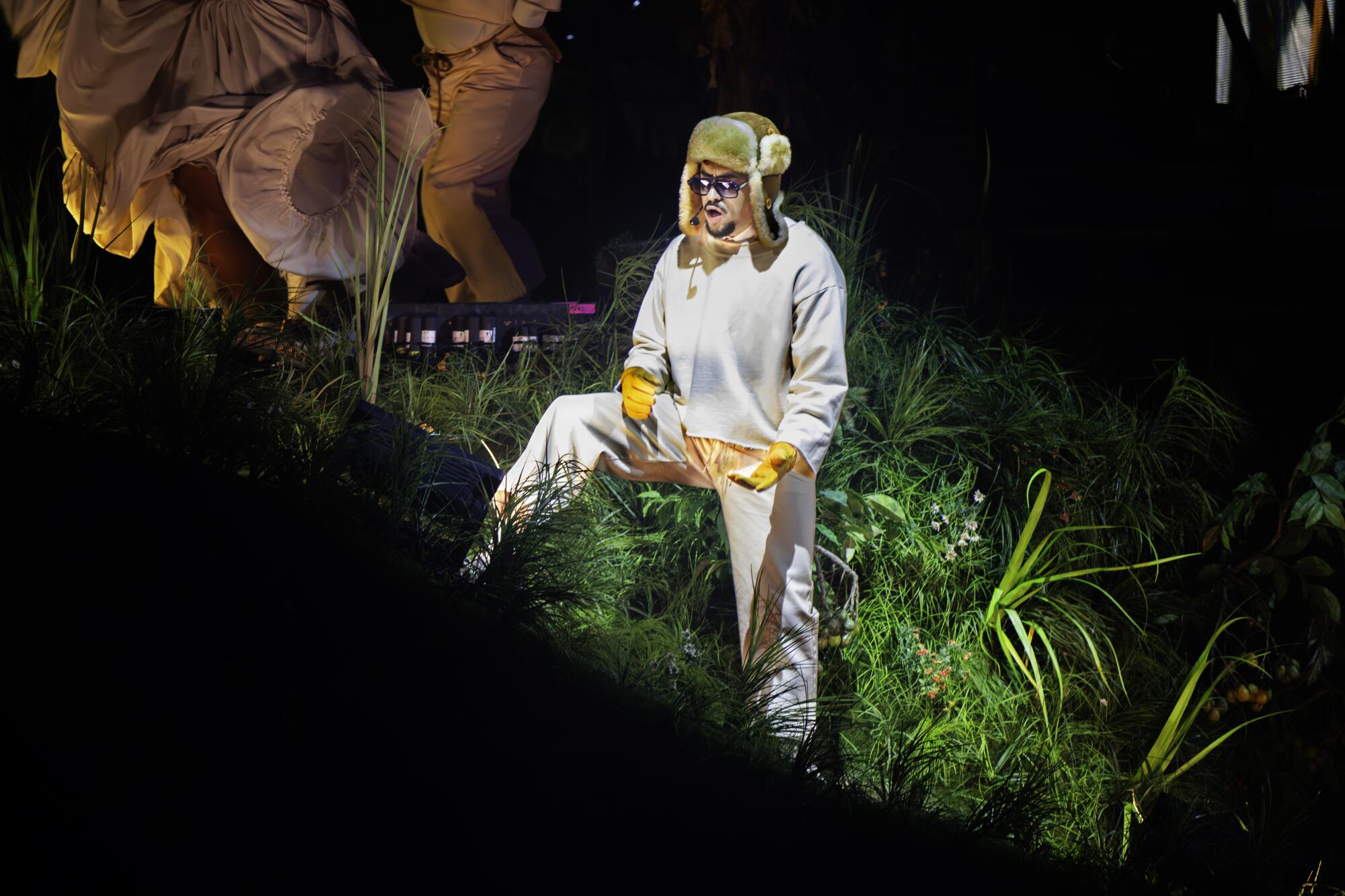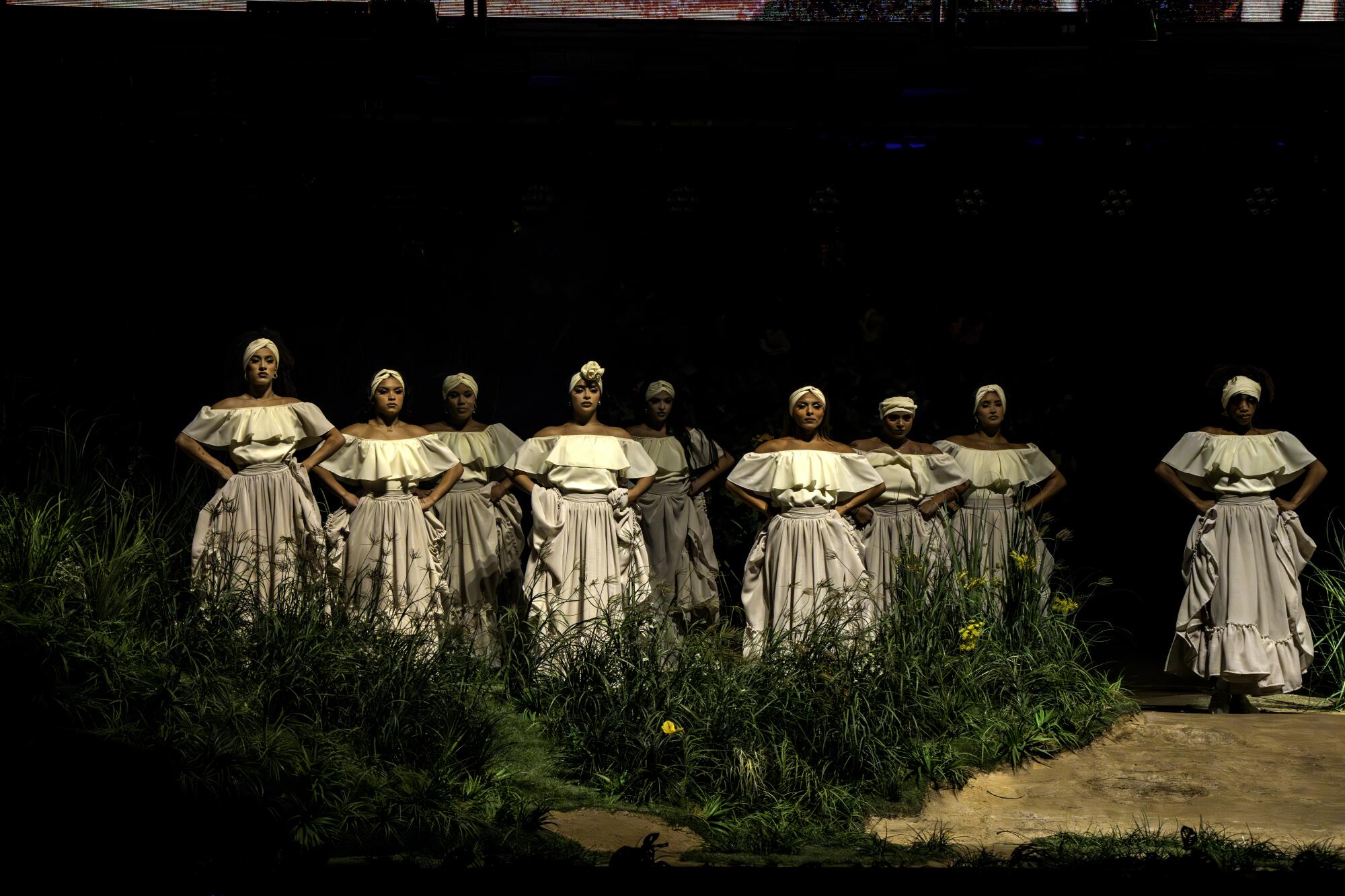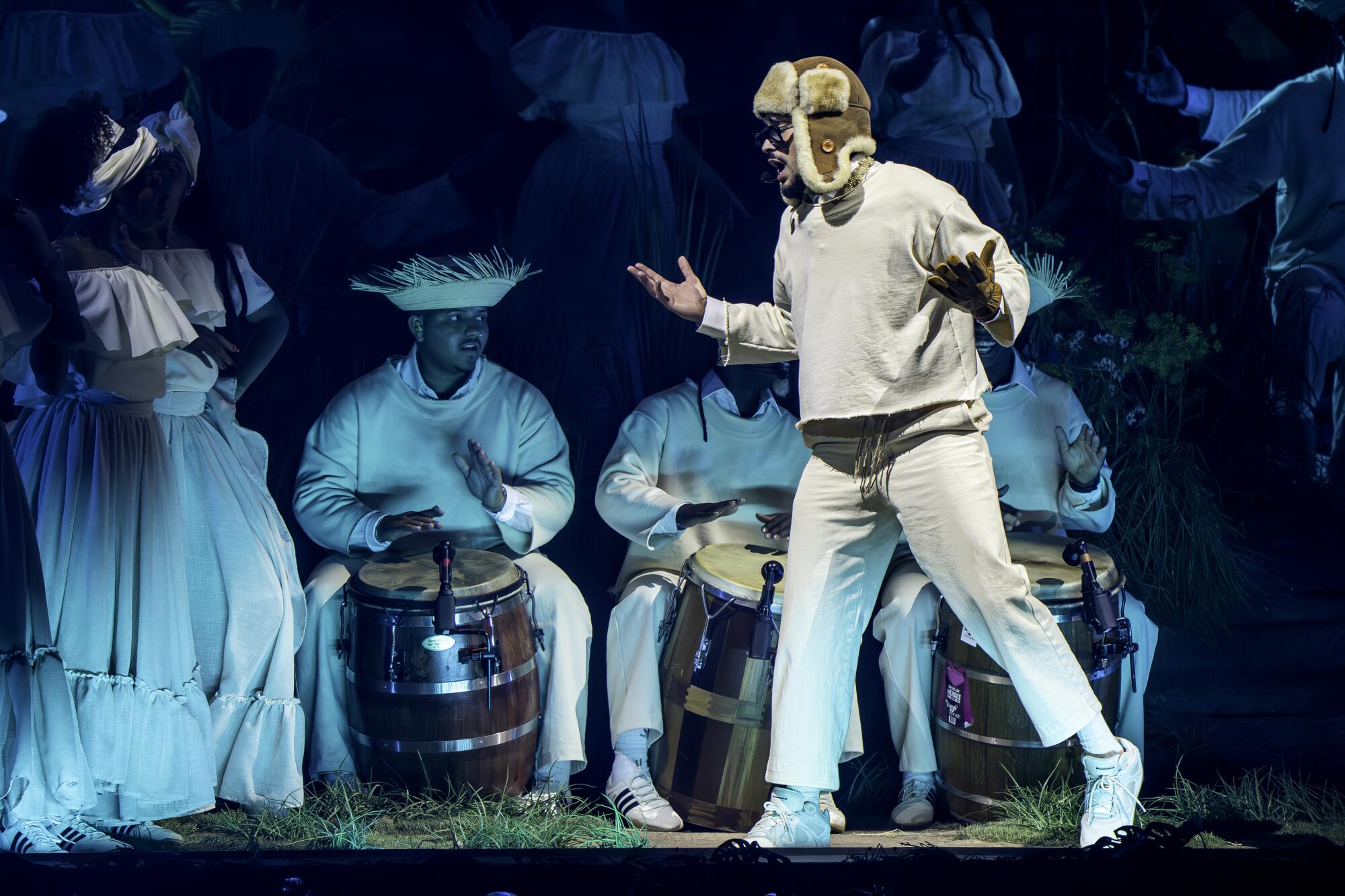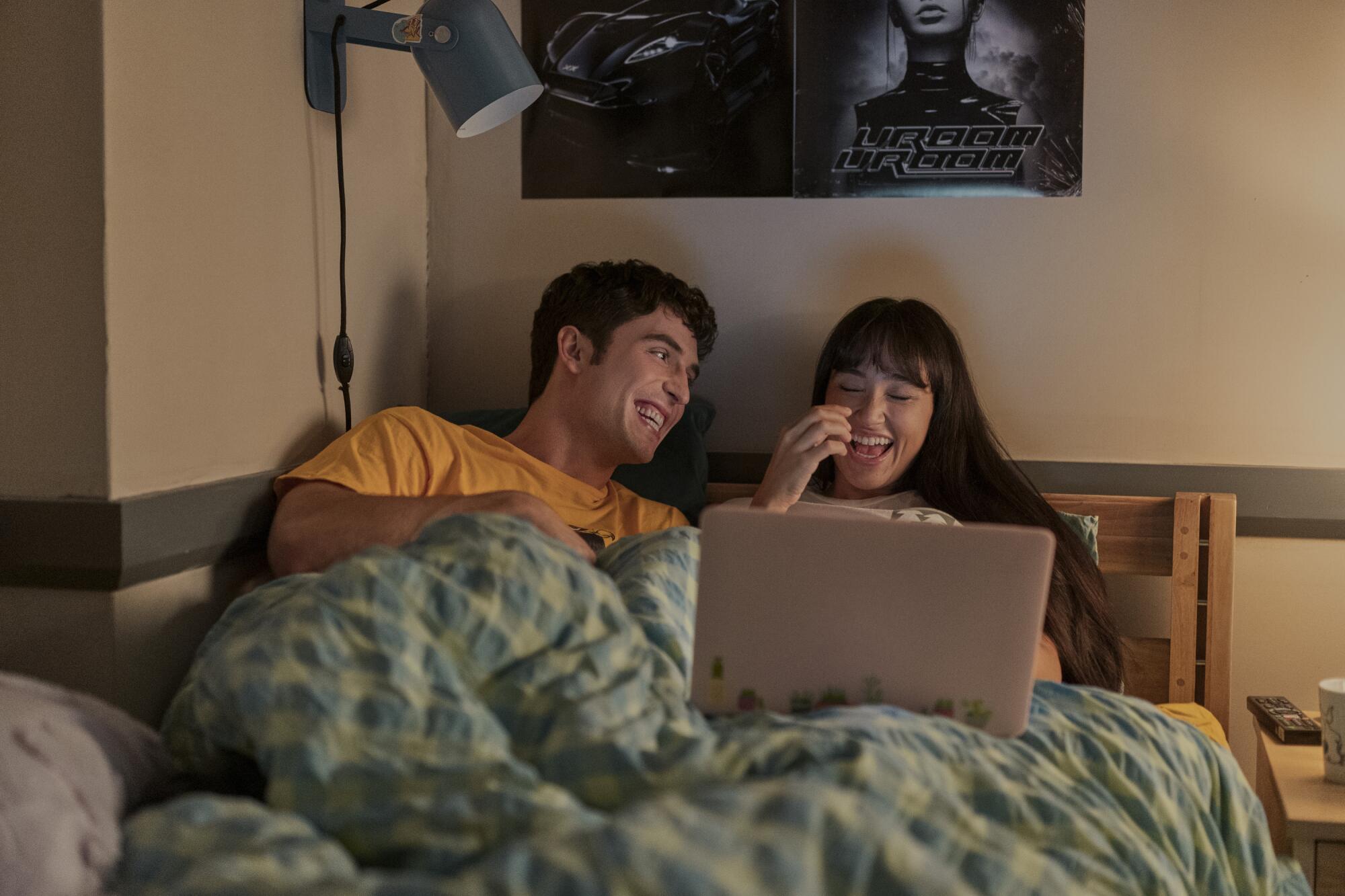Here are our early predictions for the 2025 Latin Grammys
This year promises to be one of the most exciting editions of the Latin Grammys.
As the Latin Recording Academy prepares to unveil the nominations for the award’s 26th edition on Sept. 17, the eligibility period — from June 1, 2024 to May 31, 2025 — includes a number of high-profile albums that not only contributed to the ongoing Latin music boom on a global level, but also pushed the movement forward with their radical choices and genre-defying sounds.
Now a vital part of the Latin pop DNA, the urbano genre continues to redefine and challenge itself, while the rootsy strains of música Mexicana have deservedly gained a privileged seat on the table like never before. The fields of folk, rock, electronica and tropical are still expanding, and artists such as Bad Bunny, Rauw Alejandro, Becky G, Fuerza Regida and Natalia Lafourcade are vying for awards with some of the most ambitious albums of their careers.
De Los assistant editor Suzy Exposito and contributing writer Ernesto Lechner discuss their predictions on the songs and albums that are most likely to be nominated. The following conversation has been edited for length.
Ernesto Lechner: This seems to be an easy year in terms of the two obvious candidates for Latin Gammy history. Bad Bunny’s “Debí Tirar Más Fotos” is the kind of album that defines not only the year it came out — 2025 — but also the entire decade. And Natalia Lafourcade’s mystically tinged “Cancionera” finds the perennial Grammy favorite at the apex of her craft. Going back to Benito’s masterpiece, its conceptual gravitas is almost grander than the songs themselves.
Suzy Exposito: I’m really gunning for Album of the Year for this one. The amount of thought and intention that he placed on this record. The cultural significance of the songs, not just in terms of the history of Puerto Rico, but the way in which he directly engages with the Caribbean diaspora at large through salsa.

E.L.: I love how lovingly he delves beyond salsa to also include plena. He goes back to Rafael Cortijo — the roots, the very essence of boricua culture. And the album has this Beatles-like quality where it’s incredibly commercial — a No. 1 record, the album that everybody is listening to — but there’s no compromise on the artistic front. It’s an ambitious, fully realized statement.
S.E.: Is any album by Benito just another Bad Bunny album? I don’t think he dabbles in filler the way other artists do.
E.L.: The photo of the plastic chairs on the cover could have been taken in the suburbs of Lima, or San Salvador, or Medellín. Benito makes such an inclusive, pan-Latin statement. Which brings me to nominate the title track, “Debí Tirar Mas Fotos,” as a perfect contender for Song of the Year.
S.E.: When I first heard it, I started to cry. It’s a very sentimental song. I was recently in Puerto Rico and went to a plena jam session. It was happening in the street, and you could see people of all ages playing together, singing traditional songs, drinks in hand. There was something really beautiful and timeless about that communal experience.
E.L.: A similar passion for music permeates Lafourcade’s “Cancionera.” Recorded live on analog tape, it has a pristine, wooden-floor kind of warmth. She embodies this mystical character, the cancionera, and it’s a very mature album. I love “Cocos en la Playa” — a frisky, beautiful tropical song that’s so lovely and authentic. For my money, it’s going to be a battle between those two albums in all the major categories.

S.E.: I feel that Natalia Lafourcade is the conservative choice at the Latin Gammys, and it feels bizarre to say it. This is a woman who was making pop-rock in the 2000s. She is a virtuosa, and a master of her craft, but her nomination is predictable because now she represents the gold standard for the Latin Academy.
E.L.: She’s definitely the safest choice between the two. Besides Benito and Natalia, there are a few albums that could very well appear in the major categories, and one of them is Cazzu’s “Latinaje.”
S.E.: That album is such a statement piece. I loved seeing Cazzu break away from the Latin trap sound that she defined and blending it with other things. She’s a great songwriter, and her transformation is fascinating. I think this is the year when many young people are going back to their roots, and then making something new out of it.
E.L.: I had a conversation with Cazzu a few months ago and told her that “Latinaje” made me feel vindicated. As a fellow Argentine, I’ve always felt that we’re an integral part of Latin America. She proved it with this beautiful love letter to so many essential genres. There’s salsa, merengue, South American folk, and “Dolce,” a gorgeous corrido tumbado about that infamous red dress that went viral. And she did it all so genuinely.
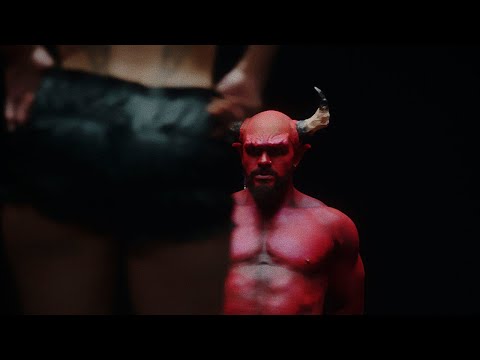
S.E.: It may be hard for her, because she came up as an MC. I wonder if the Latin Academy will know in what categories to place her, since this is such a multi-genre album. I mean, she’s an international girl.
E.L.: And of course, Rubén Blades has a new album out, and it’s beautiful as always. “Fotografías” is another sumptuous, big band salsa session. It combines new compositions with songs that Rubén had given to fellow Fania artists in the ‘70s, and now recorded them himself.
S.E.: That’s a great move on his part. “Hey, remember those songs? Yeah — I wrote them!” It sounds ridiculous to say that Rubén is another safe choice, but I can see him in all the big categories. Which brings me to another artist who made a salsa-influenced album: Rauw Alejandro and “Cosa Nuestra.”
E.L.: I love the Afro-Caribbean vibe on “Cosa Nuestra” and the silky duet with bachata star Romeo Santos on “Khé?” I feel this one has been overshadowed a little by Benito’s “Debí Tirar Más Fotos.” My favorite Rauw Alejandro album remains 2021’s “Vice Versa” with the awesome, ‘80s influenced mega-hit “Todo De Ti.”
S.E.: My favorite song on “Cosa Nuestra” is “Se Fue,” the duet with Laura Pausini, which is also like a moody ‘80s song. Raúl has made it a point to polish up his nostalgia for old forms of music. Michael Jackson is one of his most influential artists.

By the way, we should mention Fuerza Regida and their ninth studio album, “111XPANTIA.” They have never been nominated for a Latin Grammy, so I’m rooting for them because they have experimented in a really bold way. Their lead singer, Jesús Ortiz Paz, has shown a lot of intention behind his creative decisions beyond making the same corridos or mining from the same old ‘90s rappers. Their music is cheeky; sonically, it pushes boundaries.
E.L.: You’re never gonna have a bad time with this new wave of música Mexicana stars, considering the staggering melodic richness of their songs and the immediacy of the lyrics.
S.E.: On that note, I think it’s time for Ivan Cornejo to get a Latin Grammy nod for “Mirada” — the production has this ethereal quality that sounds so mature and progressive for the genre. I also want to applaud DannyLux for his ambitious “Leyenda,” which is a psychedelic take on sierreño music, à la George Harrison.
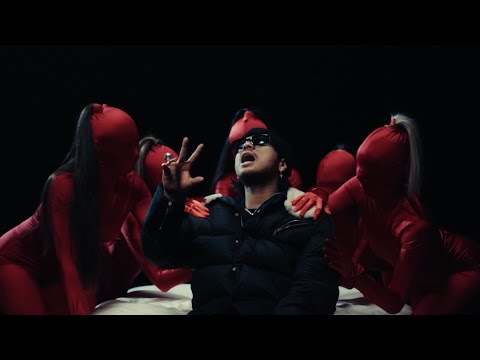
E.L.: What about Becky G? Last year I was asked to write about “Encuentros,” and I just had to surrender to the elegance of this pristine música Mexicana session. Her voice sounds huge on this record.
S.E.: I really hope they don’t silo her in the música Mexicana categories, because this is a very mature album for her. She grew up singing mariachi music with her family, so it’s a beautiful full circle moment for her.

E.L.: “Encuentros” would be a perfect Album of the Year candidate because it celebrates the music of her grandparents but at the same time transcends it. I love that Becky said she’s never looking back after recording her two traditional albums of rancheras and lush Mexican pop.
This brings me to a more general observation: I believe we’re experiencing an era of absolute splendor, and the Latin Grammys nominations are bound to reflect that. It’s like every single Latin American country has blossomed, wearing its most elegant clothes and throwing some amazing parties. The richness and breadth of the music being recorded throughout the continent is off the charts.
S.E.: I agree. Creatively, the last couple of years have been the most exciting for Latin music in a really long time. I think we’re going to remember the 2020s for the bold decade that it is.

